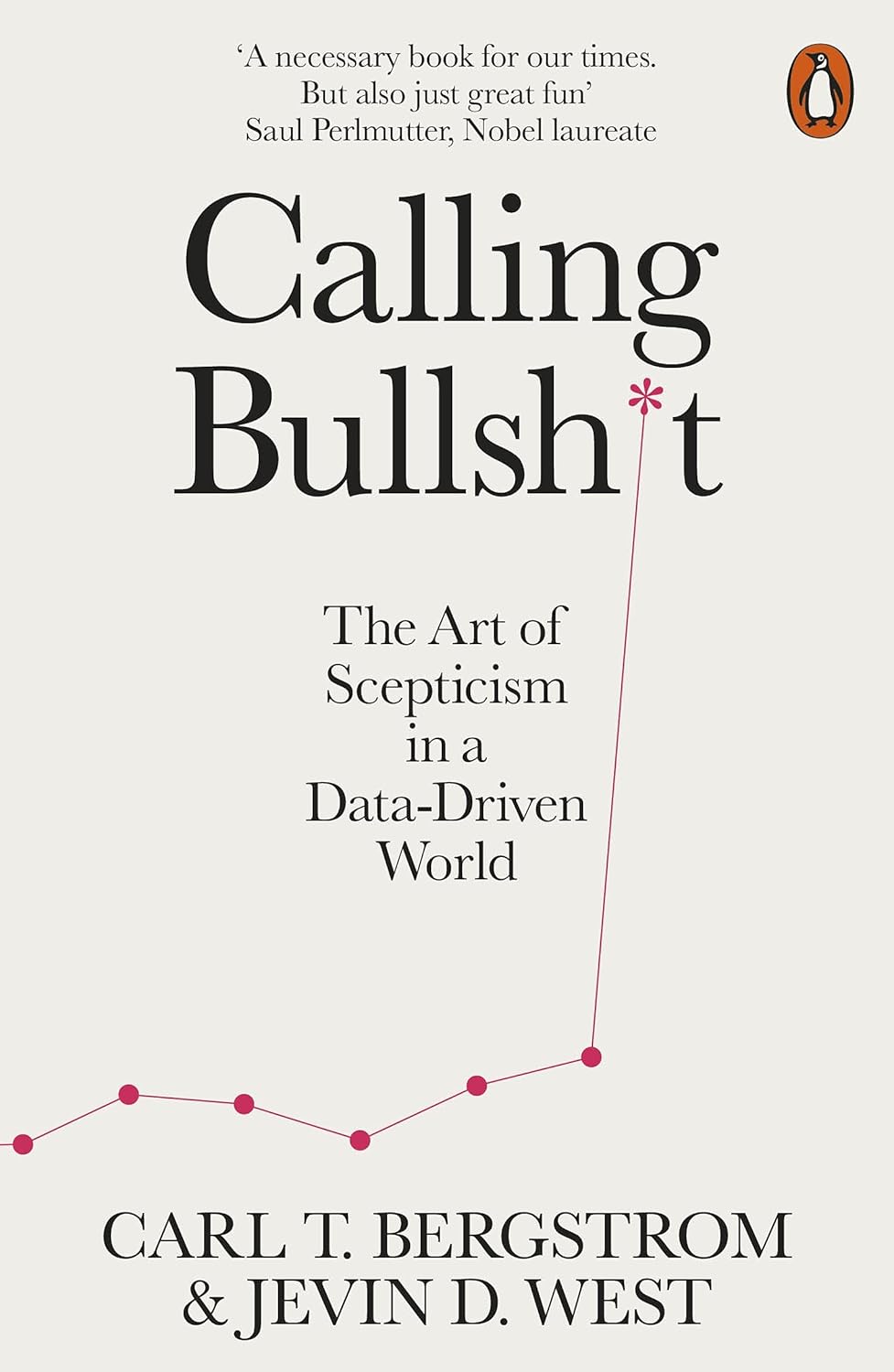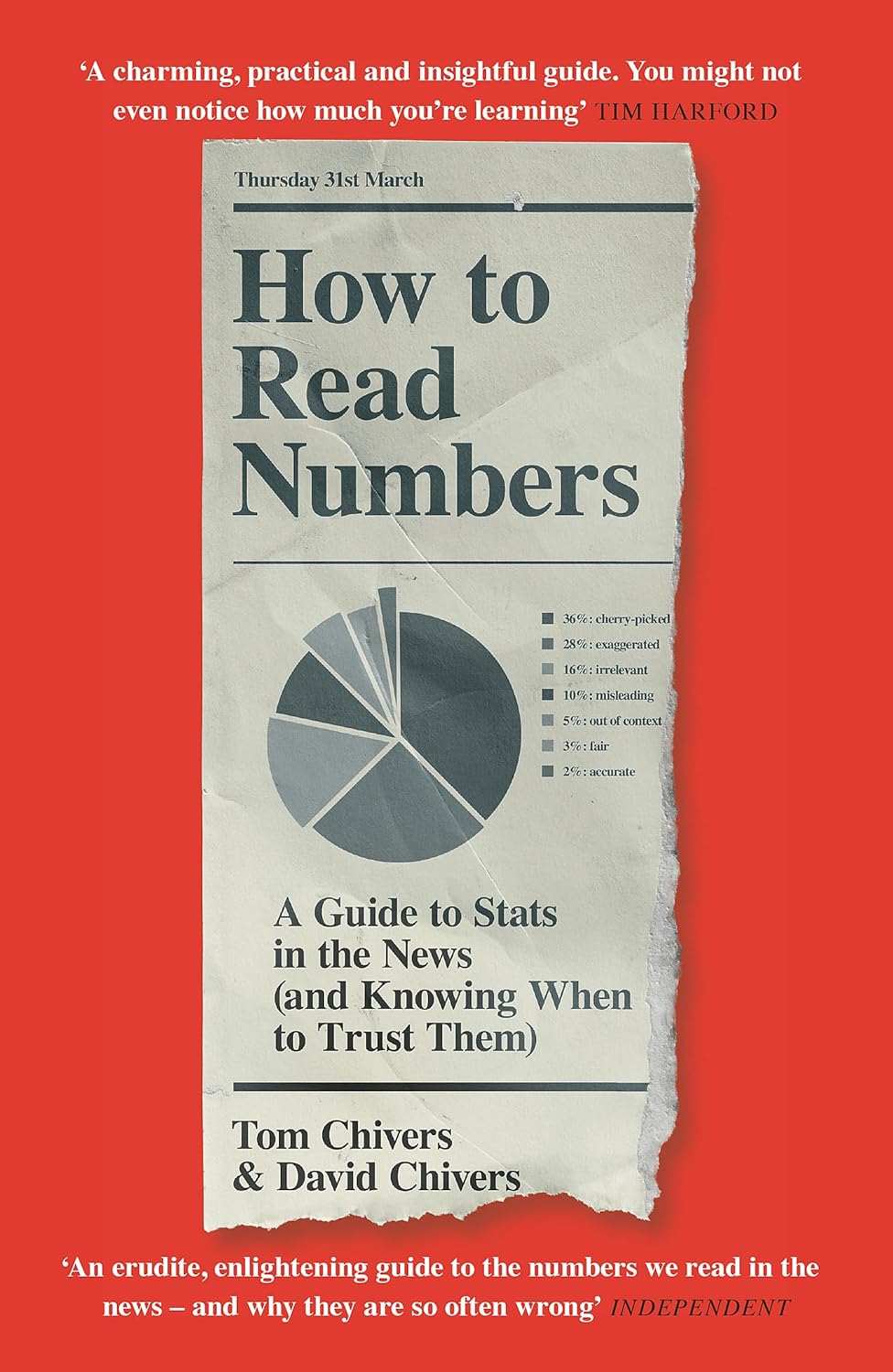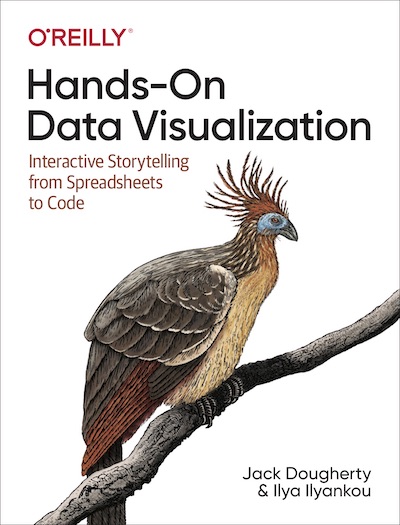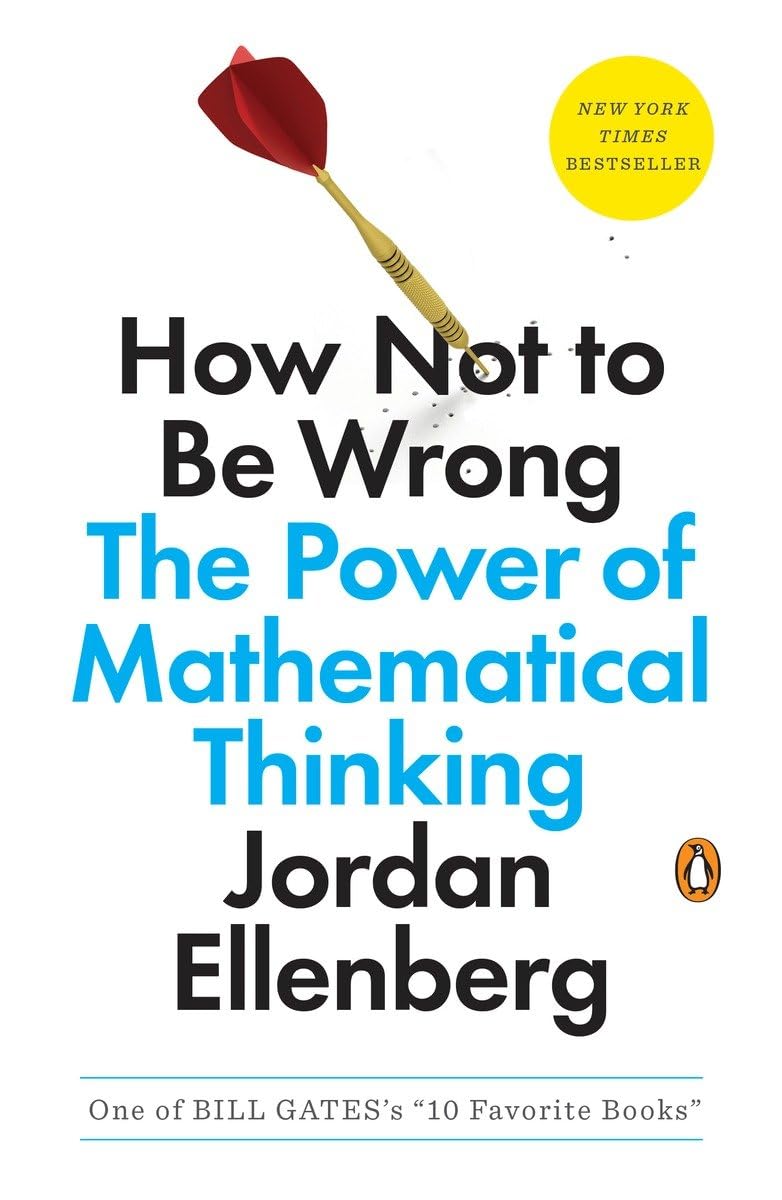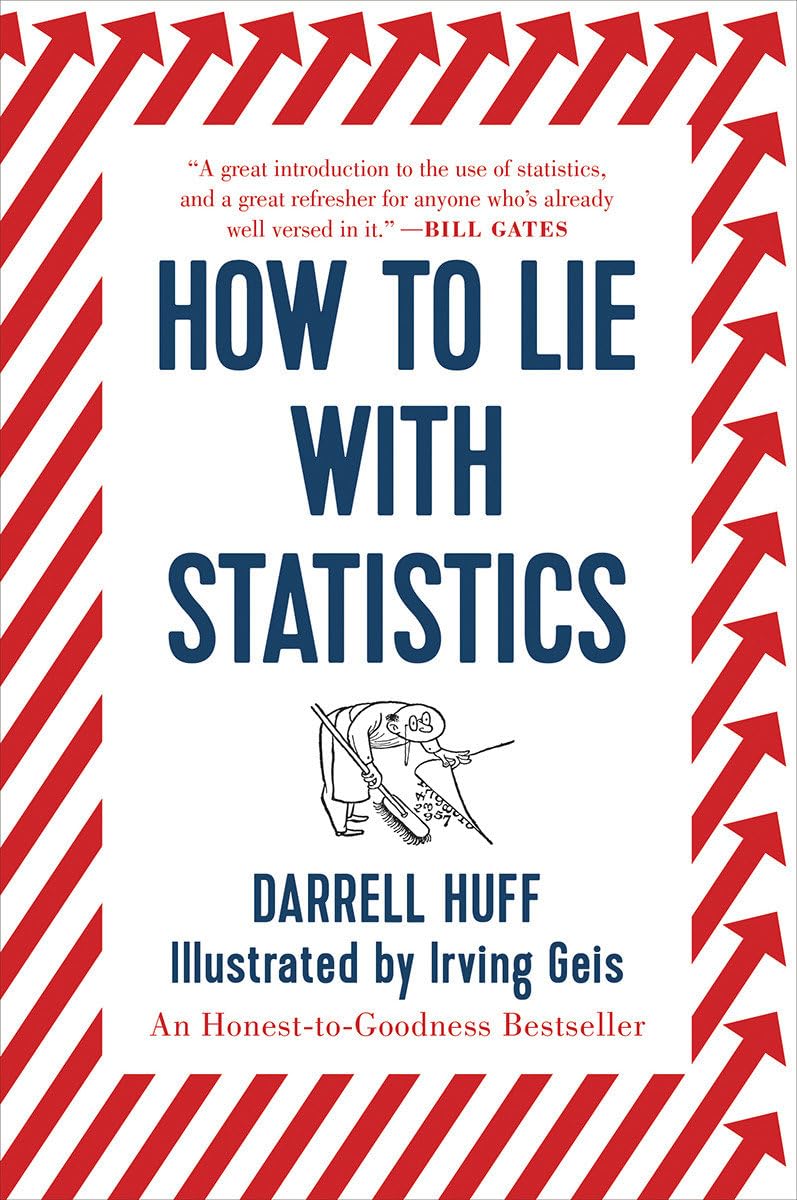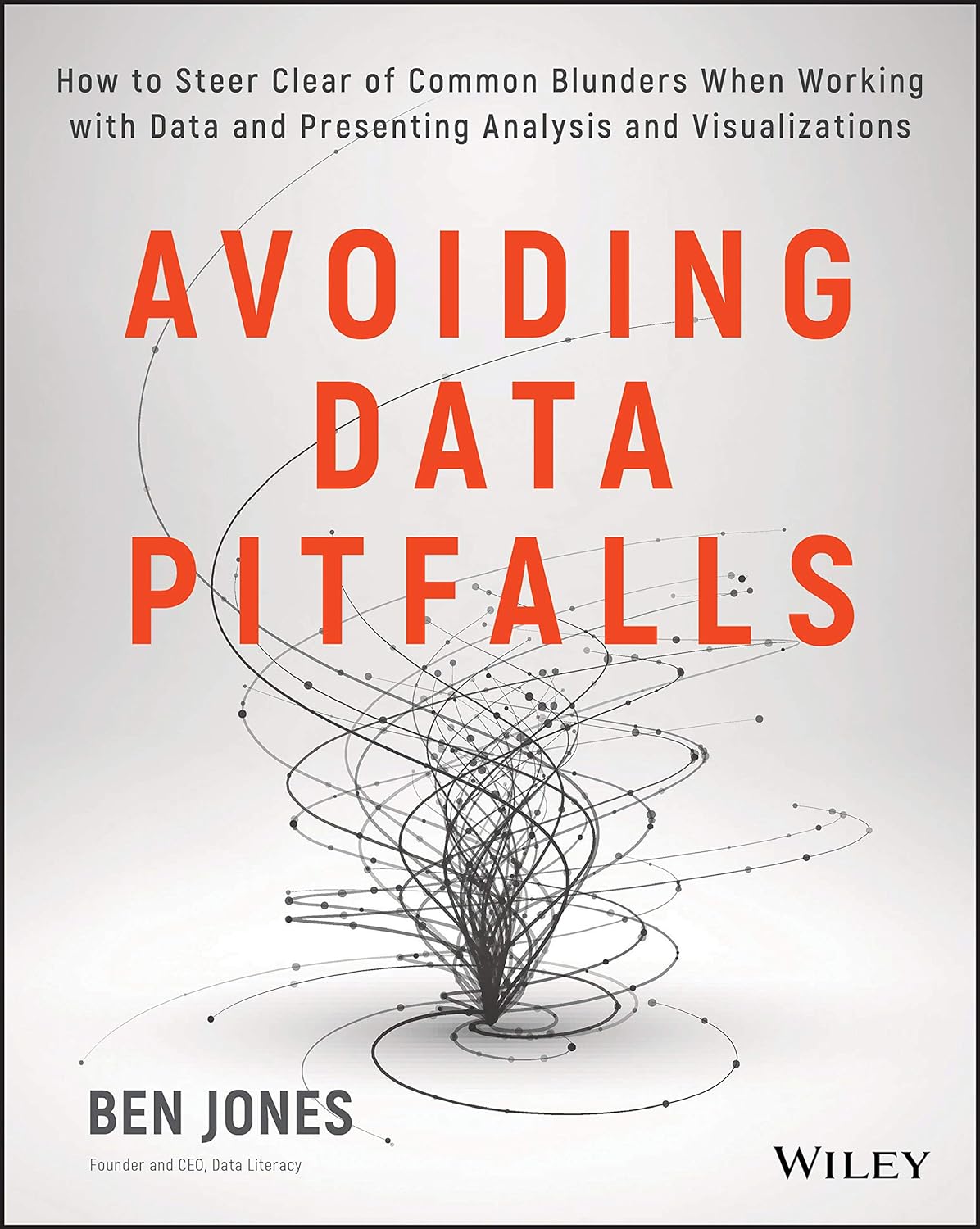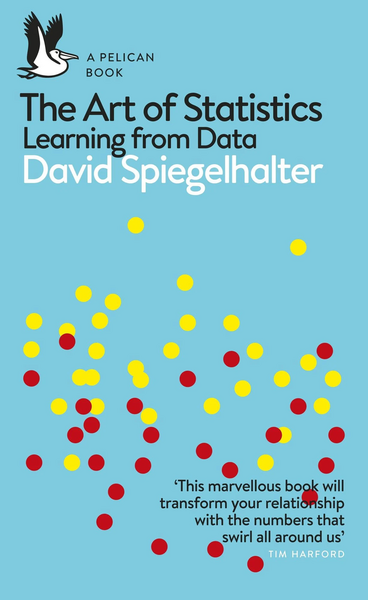Data Analysis for Decision-Making
Lecture Notes
Preface
About the notes
Please note that while the PDF contains the same content, it has not been optimized for PDF format. Therefore, some parts may not appear as intended.
- These notes aims to support my lecture at the HS Fresenius but are incomplete and no substitute for taking actively part in class.
- I appreciate you reading it, and I appreciate any comments.
- This is work in progress so please check for updates regularly.
- For making an appointment, you can use the online tool that you find on my private homepage: https://hubchev.github.io/
- These notes are published under the Creative Commons Attribution-NonCommercial-NoDerivatives 4.0 International License.

About the Course
The course totals 125 hours over one semester at the Master’s level, granting 5 ECTS points. It consists of 3 weekly contact hours (42 hours in total) and 83 hours of private study.
Abstract
This module provides essential skills for transforming data into actionable business insights. Upon completion of the module, students will be able to summarize the importance of analyzing business data and engage in discussions about different workflows for leveraging data analytics for new business trends. The module systematically develops skills to create plans for data collection and management. Students learn to recognize the challenges and opportunities of different quantitative empirical strategies. Decision principles, frameworks and tools, including decision trees and payoff tables, are covered in depth, focusing on the central role of decision support systems (DSS). Students will gain an in-depth understanding of the different roles in business analysis and a comprehensive overview of the entire data analysis workflow in a business context.
Learning outcomes/competences
After a successful completion of the module, the students are able to:
- summarize the significance of business data analysis for decision-making and demonstrate the ability to justify and articulate diverse workflows to convert data into actionable information,
- explain the role of data analytics to emerging trends in business and how organizations can use data analytics and decision support systems to solve problems,
- identify and contrast the competencies required to solve business problems with data and be able to assign the various tasks of a data scientific workflow to professionals with the appropriate profile,
- set up a plan for collecting, managing, analyzing, and applying data, reflectively applying quantitative methods,
- distinguish and discuss empirical research strategies to identify causal mechanisms, causes, and effects,
- identify the need of decision support systems and assess the possibilities of data-driven methods to improve decision-making of humans and organizations.
Module content
Introduction
- Significance of business data analysis for decision-making.
- Emerging trends: Evolution of computers and data processing, digitalization, artificial intelligence, machine learning, deep learning, big data, internet of things, cloud computing, and blockchain, industry 4.0, and remote working.
- The role of business analytics and intelligence in converting data into actionable information for decision-makers.
- Overview of various job roles for business analytics: data engineer, data analyst, machine learning engineer, business intelligence analyst, database administrator, data product manager, market research analyst, fraud analyst, …
- Analytics applications in strategic insights.
- Types of analytics: Descriptive, predictive, and prescriptive analytics.
- Workflows and Data science life cycles: OSEMN, DSLC, CRISP-DM, Kanban, TDSP, …
Data literacy competencies
- Types of data: Cross-section, panel, time-series, georeferenced, …
- Types of variables: Continuous, count, ordinal, categorial, …
- Conceptual framework: Knowledge and understanding of data and applications of data.
- Data collection: Identify, collect, and assess data.
- Data management: Organize, clean, convert, curate, and preserve data.
- Data evaluation: Plan, conduct, evaluate, and assess data analyses.
- Data application: Share, reflect, and evaluate results of analyses, comparing them with other findings while considering ethical issues and scientific standards.
Quantitative research design
- Techniques for measuring socio-economic and business phenomena.
- Strategies for identifying causes of effects and effects of causes.
- The fundamental problem of causal inference.
- Techniques to establish causation: matching, natural experiments, field experiments, and laboratory experiments.
Introduction to decision-making
- Overview of the principles guiding rational decision-making.
- Frameworks for structuring and representing the decision-making process.
- Utilization of decision trees, payoff tables, Lagrange multipliers, and expected utility theory.
- Exploration of bounded rationality in human decision-making behaviors.
- The necessity, concept, and evolution of
Assessment Methods and Criteria
Students complete this module with an academic presentation. The presentation takes place during the lecture period; the exact date is set by the lecturer. The presentation last for 10-15 minutes per student. In addition, a handout (3-5 pages per student) should be produced outlining the key features of the project and the literature on which these decisions are based (project outline). The handout should be submitted to the lecturer by the date of the presentation at the latest.
Group work is permitted. The maximum group size is 5 students. In case of group work, it must be possible to clearly define and assess each student’s individual performance on the basis of specified sections, page numbers, or other objective criteria.
The presentation contributes 65% to the module grade, the handout contributes 35%. A passing grade in this module is achieved when the overall grade is greater than or equal to 4.0. To pass the course a student must give a 10 minute presentation and submit a handout of 3-5 pages.
Literature
There are tons of books around that are both insightful and entertaining and support the lecture. In Figure 2, I present a short list of books I recommend: Bergstrom & West (2021), Chivers & Chivers (2021), Dougherty & Ilyankou (2021), Ellenberg (2015), Harford (2020), Huff (1954), Huntington-Klein (2023), and Jones (2020).
In addition, I highly recommend the two books mentioned in Figure 3. Vaughan (2020) teaches important skills for working effectively with data. For a more technical approach that focuses on statistics, Spiegelhalter (2019) is an excellent choice. Both books are easy to read even without advanced math skills. We will use these books in the course and some of your presentations will refer to them as well.

